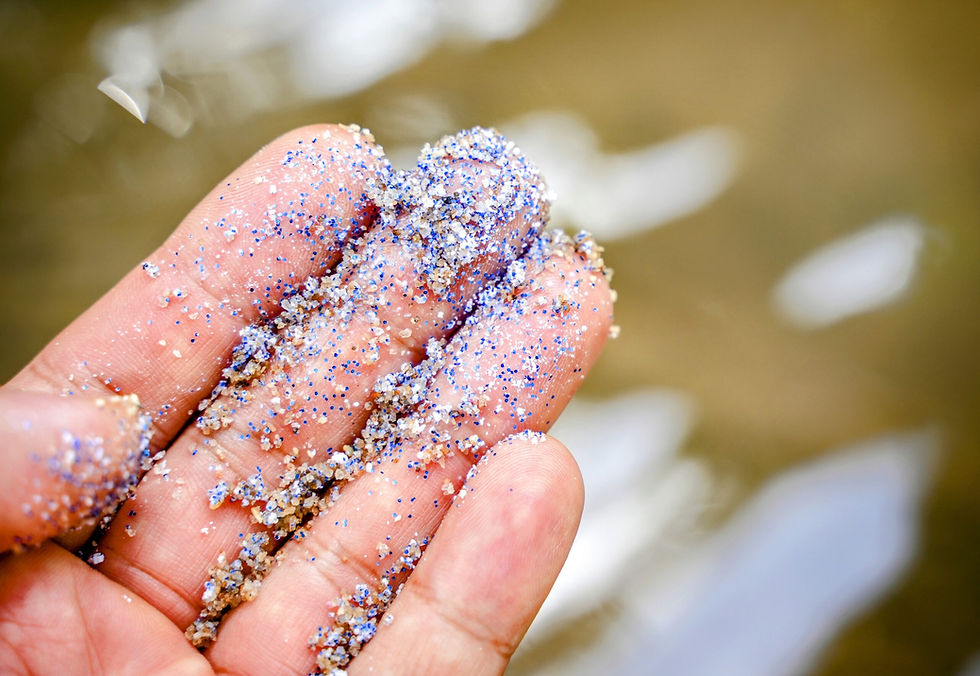
In a groundbreaking study, scientists have discovered alarming levels of microplastics in human testicles, raising significant health concerns and highlighting the pervasive nature of plastic pollution. This unexpected finding underscores the deep and widespread impact of microplastics on the human body, far beyond previously understood limits.
The study, conducted by a team of researchers from the University of California, San Francisco, involved detailed analysis of tissue samples from male donors. Using advanced microscopy and chemical analysis techniques, the researchers identified microplastic particles embedded in the testicular tissue of every sample examined.
"To find microplastics in such a sensitive and critical part of the human anatomy is truly alarming," said Dr. Laura Hernandez, the lead researcher on the study. "This discovery suggests that microplastics can travel and lodge themselves in places we never imagined."
The presence of microplastics in the testicles raises serious questions about their potential impact on male reproductive health. While the long-term effects are still unclear, scientists are concerned about possible links to infertility, hormonal imbalances, and other reproductive disorders.
"Microplastics have been shown to cause inflammation and cellular damage in other tissues," explained Dr. Hernandez. "If similar effects occur in the testicles, it could have profound implications for male fertility and overall health."
Microplastics, tiny particles less than 5 millimeters in size, are pervasive in the environment. They originate from a variety of sources, including the breakdown of larger plastic items, microbeads in personal care products, and synthetic fibers from clothing. These particles have been found in oceans, rivers, soil, and even in the air we breathe.
Previous studies have detected microplastics in human organs such as the liver, kidneys, and lungs, but this is the first time they have been identified in the testicles. The discovery highlights the extent to which these particles can infiltrate the human body and accumulate in unexpected locations.
The findings have prompted calls for urgent action to address plastic pollution and its potential health impacts. Environmental groups and public health advocates are urging governments to implement stricter regulations on plastic production and waste management.
"This study is a wake-up call," said Mary Jones, a spokesperson for the Environmental Health Alliance. "We need to take immediate steps to reduce plastic use and prevent further contamination of our bodies and our planet."
Researchers plan to conduct further studies to understand the mechanisms by which microplastics enter and affect the testicular tissue. They also aim to explore potential ways to mitigate these effects and protect reproductive health.
The discovery of microplastics in human testicles is a stark reminder of the far-reaching consequences of plastic pollution. As scientists continue to unravel the complex interactions between microplastics and human health, the urgent need for comprehensive solutions to this global issue becomes increasingly clear.
Comments